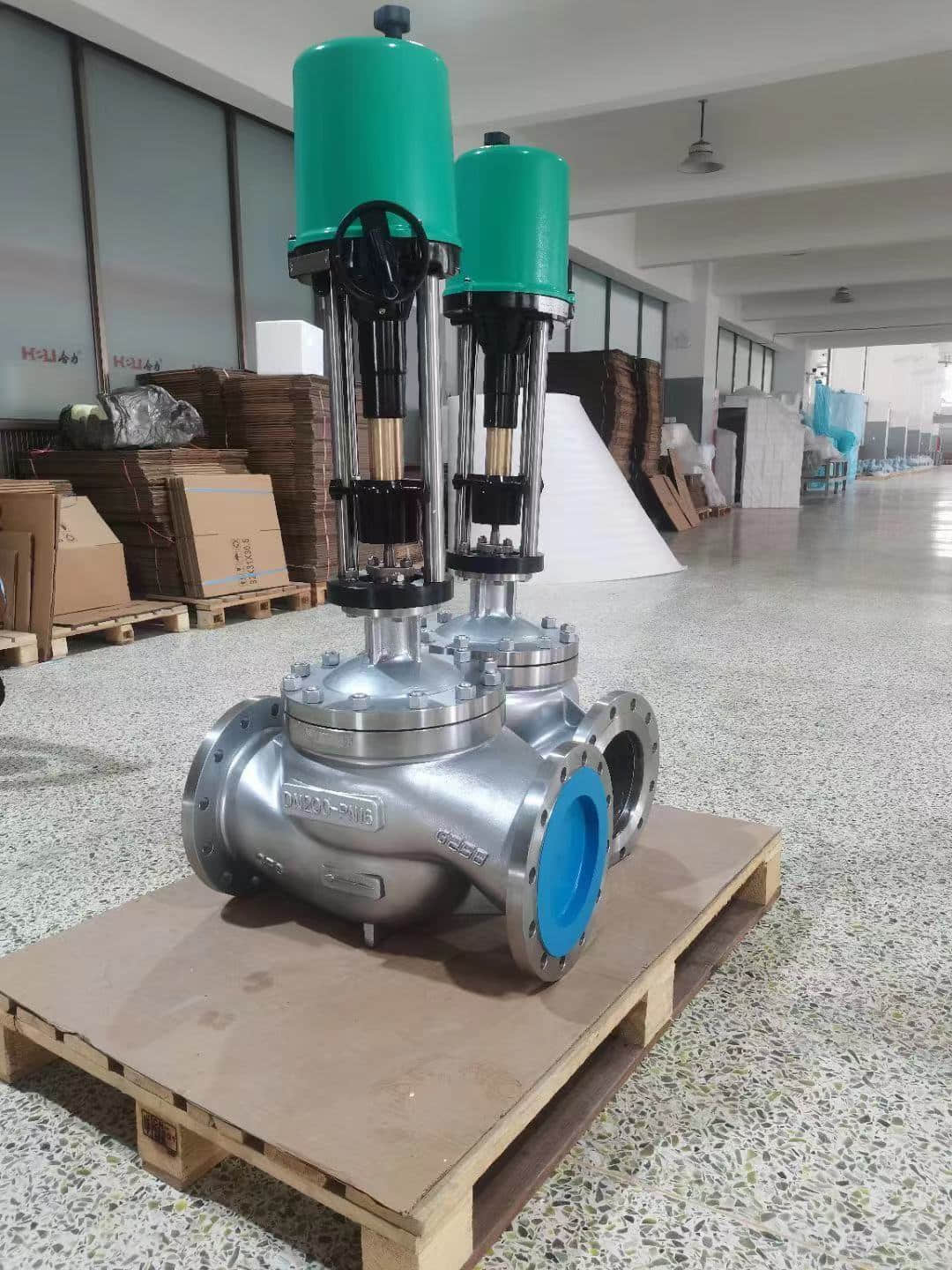understanding electric single seat regulating valves: functionality and applications
Release time:2024-12-24 18:07:43
Electric single seat regulating valves are essential components in various industrial applications, providing precise control over fluid flow. These valves are designed to adjust the flow rate of liquids and gases within a pipeline system, ensuring optimal performance and efficiency. This article will delve into the features, benefits, and applications of electric single seat regulating valves, highlighting their significance in modern automation and control systems.

What is an Electric Single Seat Regulating Valve?
An electric single seat regulating valve is a type of control valve that operates using an electric actuator. It typically features a single seat design, which allows for precise regulation of fluid flow by controlling the position of the valve plug in relation to the valve seat. This configuration minimizes the potential for leakage and offers improved flow characteristics compared to multi-seat valves.
The electric actuator provides the necessary force to open or close the valve, enabling remote control and automation of the fluid flow. These valves can be integrated into control systems, allowing operators to adjust flow rates based on real-time data and process requirements.

